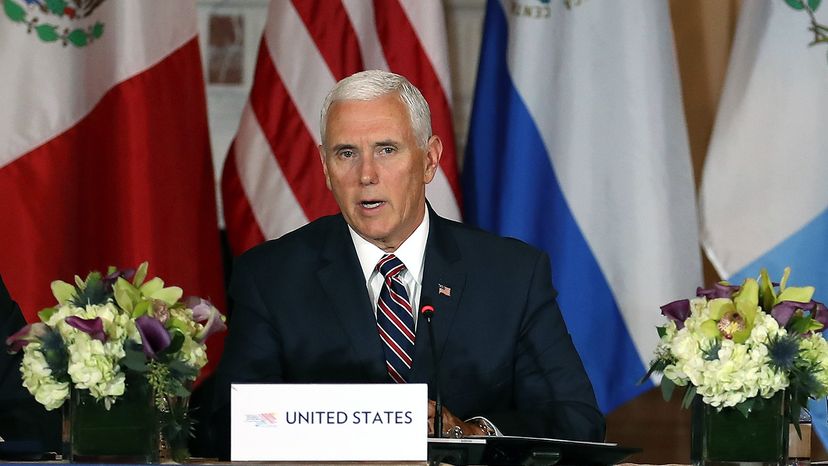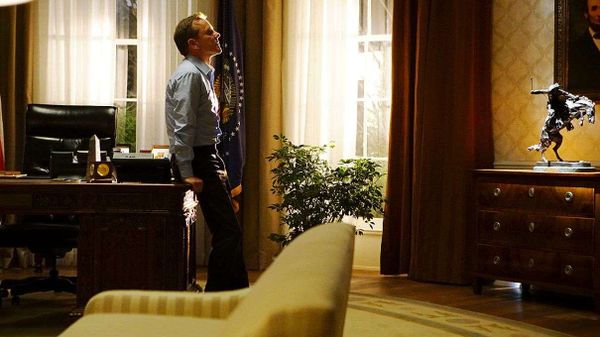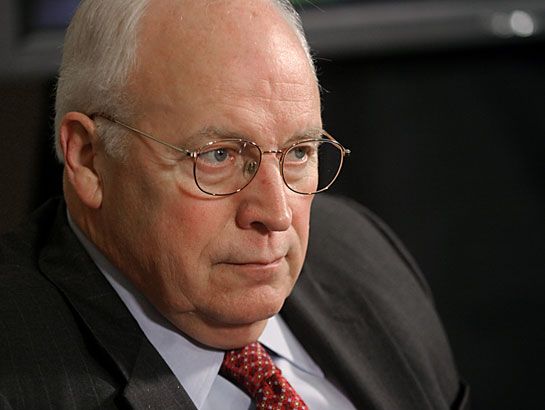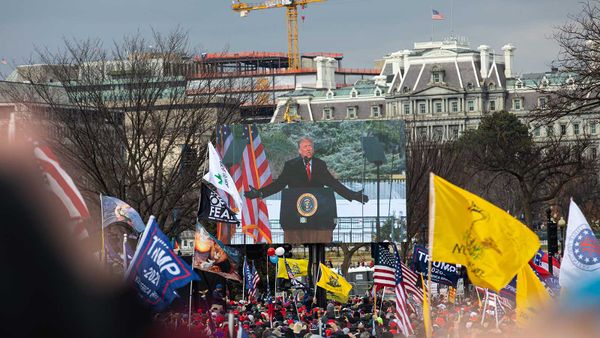
Any American schoolkid can tell you what happens when there's an unexpected vacancy in the Oval Office. If the president of the United States leaves office during his term — dies (it's happened eight times, four times through assassination), resigns (once, Richard Nixon), is incapacitated in some manner (never) or is removed from office (never) — his right-hand man, the vice president, slides over into the big chair. It's right there in Article II, Section 1, Clause 6 of the U.S. Constitution.
But what happens when the veep's chair opens up, either because he's "promoted" to president or something happens to him while he's No. 2? (Note: Yes, all the male pronouns still apply as of this writing.)
Advertisement
Those circumstances are provided for in the 25th Amendment to the Constitution, which was passed in 1967. Section 2 states:
"Whenever there is a vacancy in the office of the Vice President, the President shall nominate a Vice President who shall take office upon confirmation by a majority vote of both Houses of Congress."
So whether the VP becomes president — and the 25th Amendment clarifies that the second-in-charge doesn't just assume the duties of the president, he (or, maybe someday, she) "shall become president" — or the VP just vacates the office for some other reason, the president has the right to nominate a sidekick, which the House and the Senate must then confirm.
It might sound simple, but replacing a VP always has been a little sketchy. An unplanned presidential vacancy is immediately taken care of through Article II and the presidential line of succession; it goes VP, speaker of the house, president pro tempore of the senate, secretary of state, right down the line to the newest cabinet post established, the secretary of homeland security.
Until the 25th Amendment, though, when a vice presidential vacancy popped up, the new president (sometimes the old VP) just left that No. 2 chair open until a new election. John Tyler, who took over for William Henry Harrison (who died of pneumonia just 31 days into his term), never had a VP in almost four years as president. Lyndon Johnson, who took over for John F. Kennedy in November 1963, was without a VP for more than a year until Hubert H. Humphrey filled the spot after the 1964 election.
Even after the 25th Amendment, filling a vice presidential opening hasn't been particularly snappy. It's happened twice since the 25th's passage in '67.
The office of vice president was empty for a couple of months in 1973 after Nixon's vice president, Spiro Agnew, resigned, until Gerald Ford was cleared to fill the spot. When Nixon later quit in August 1974, and Ford became president, he had no vice president for more than four months, until Nelson Rockefeller finally was confirmed by Congress.
Through the years, the president and lawmakers have worked to grant the No. 2 spot in the executive branch more power, culminating in a constitutional amendment that attempts to ensure that the office is always filled. So no matter what happens in the messy world of politics these days, a president will have a vice president by his side — sooner or later.
Advertisement


